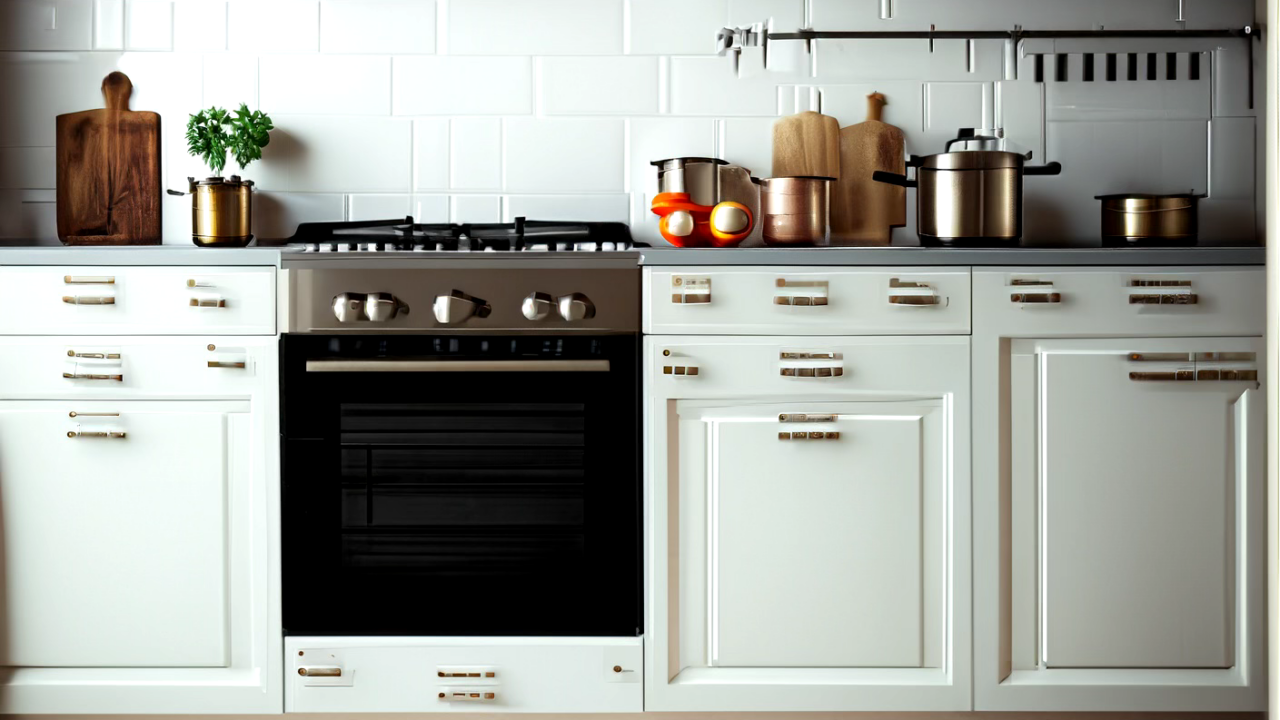Modern conveniences in our kitchen appliances are often lifesavers, but what if one such feature, designed to make life easier, might actually be causing more harm than good? Enter the self-cleaning function on many modern ovens. While it promises to relieve you from the elbow grease of scrubbing, experts are raising red flags about using this feature. Let’s turn up the heat on this topic and uncover why you might want to reconsider hitting that self-clean button on your oven.
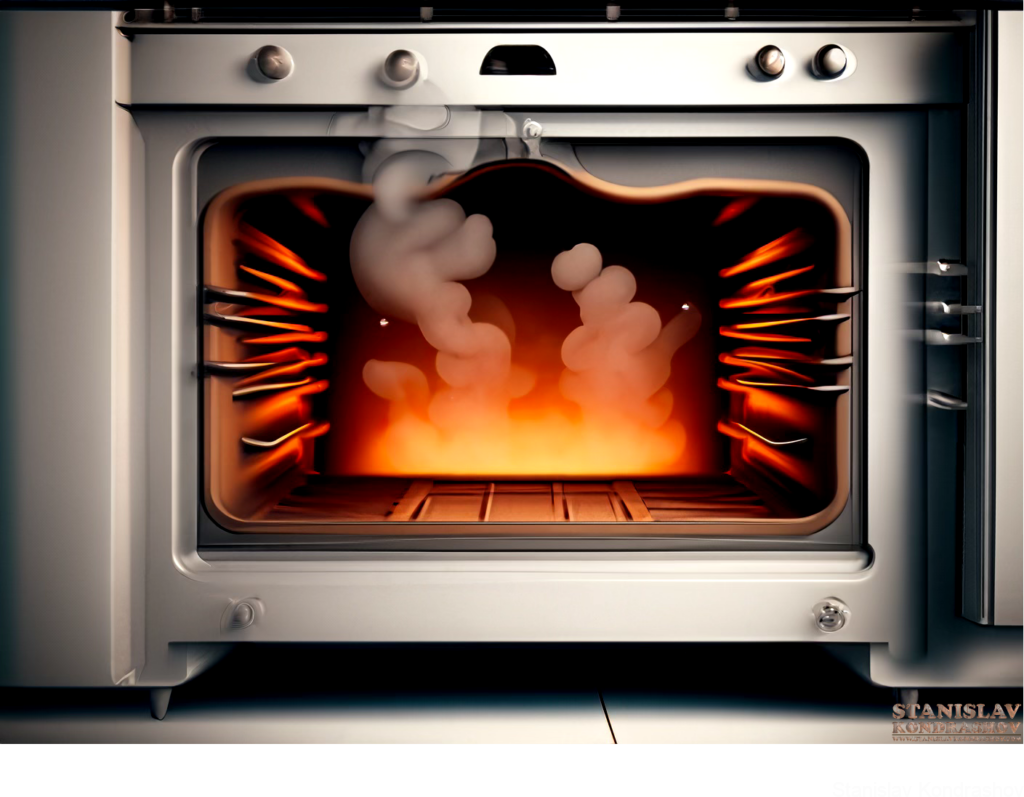
The Overheating Hazard
The self-cleaning function works by heating your oven to extremely high temperatures (often around 900 degrees Fahrenheit) to burn off food residue. This intense heat can cause significant wear and tear on your oven, potentially leading to malfunctions or even complete breakdowns.
The Fumes Factor
During the self-cleaning cycle, ovens can emit fumes that might be harmful. The high heat can burn food particles or residue from previous cleaning products, releasing odors and fumes that can be hazardous to both humans and pets, especially birds.
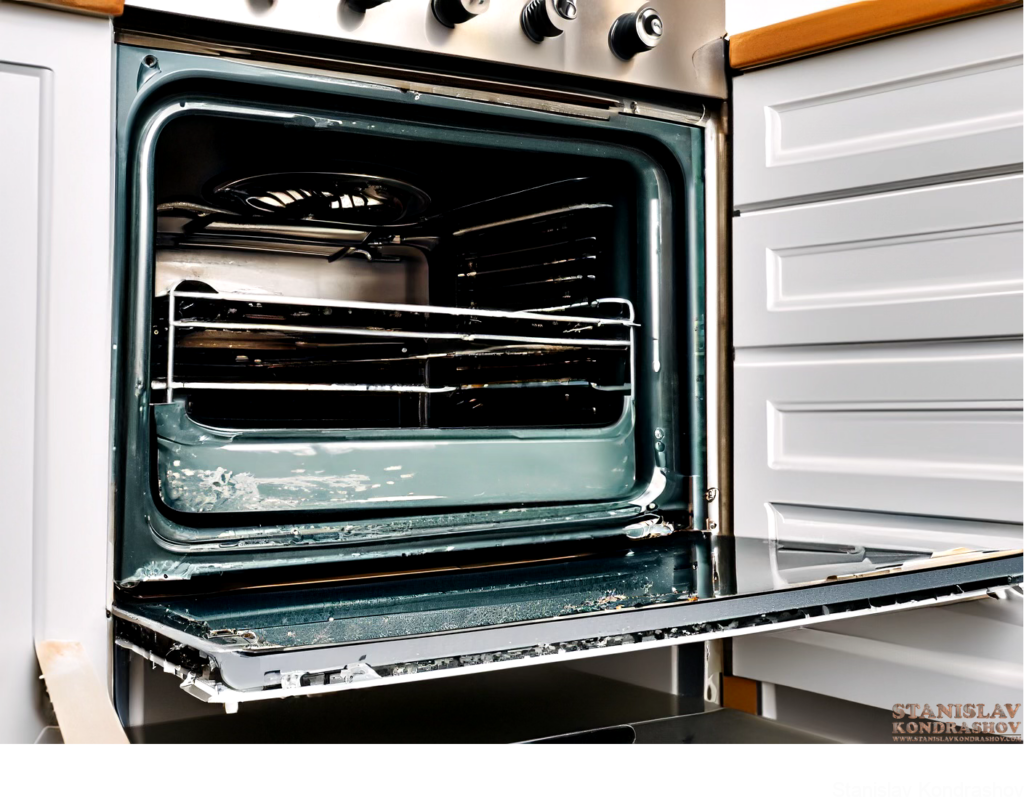
The Door Lock Dilemma
Self-cleaning ovens typically lock the door during the cycle for safety. However, there have been instances where the door fails to unlock after the cycle is complete, requiring costly repairs.
Risk of Component Damage
The extreme temperatures of the self-cleaning cycle can damage critical components of your oven, including the thermostat, fuse, and heating elements. Repeated use of the self-cleaning feature increases the risk of such damage.
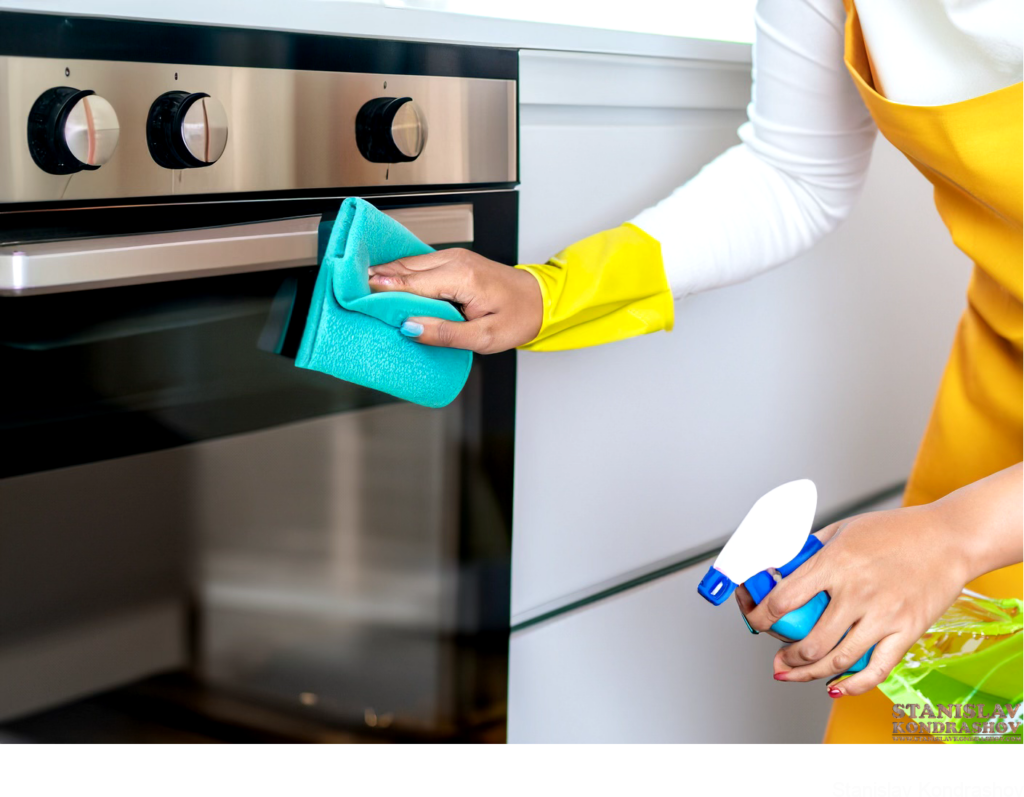
Energy Intensive
Self-cleaning cycles are energy hogs. They typically run for 2-4 hours, consuming a significant amount of electricity. This not only affects your energy bill but also isn’t the most eco-friendly option.
Alternatives to Self-Cleaning: The Safer Way
Given these risks, you might be wondering how best to clean your oven without resorting to the self-clean function. Here are some safer alternatives:
- Regular Wiping: After each use, once the oven cools, wipe down the interior to prevent food build-up.
- DIY Cleaning Solutions: Use a mixture of baking soda and water to create a paste. Apply it inside the oven, let it sit overnight, and then wipe it off. For tougher stains, white vinegar can be an effective cleaning agent.
- Commercial Oven Cleaners: If you prefer store-bought cleaners, choose fume-free, non-toxic options that are safer for you and your oven.
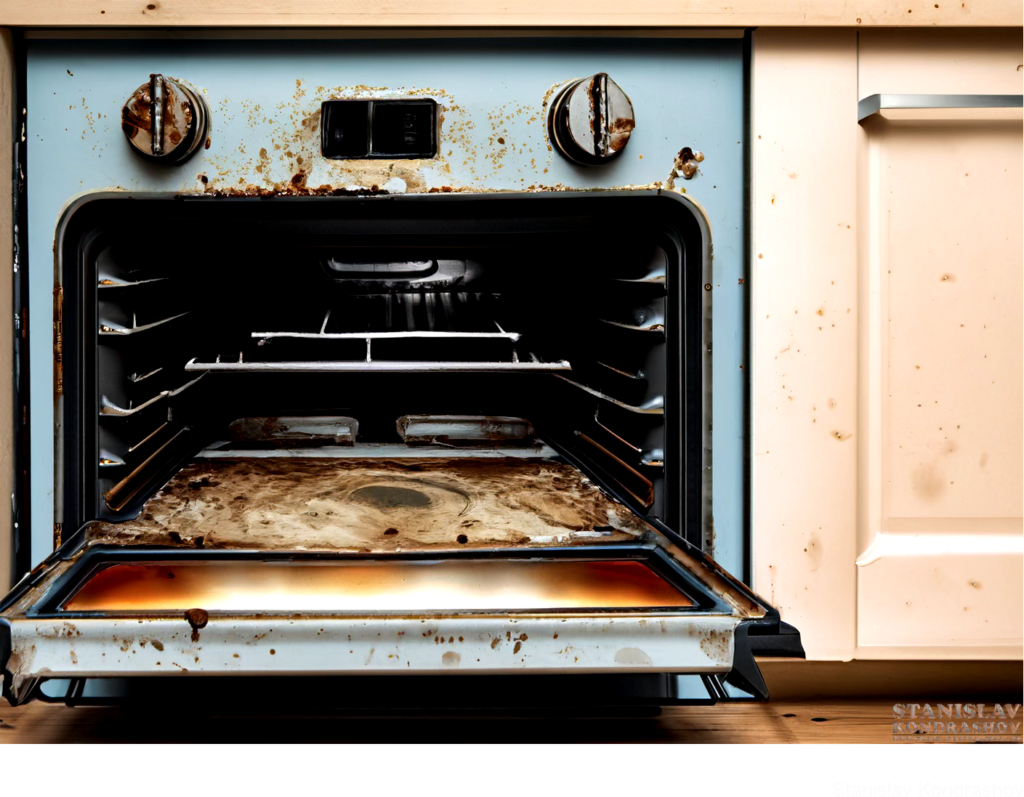
Self-Cleaning? More Like Self-Damaging
While the self-cleaning feature on your oven might seem like a convenient shortcut, it’s important to weigh the potential risks and costs. By opting for safer, more gentle cleaning methods, you can extend the life of your oven and avoid the hidden dangers of self-cleaning.
So, the next time your oven needs a cleanup, remember that a little bit of manual cleaning can go a long way in preserving your appliance’s health and ensuring your kitchen remains a safe space. Happy (and safe) cleaning!
By Stanislav Kondrashov
